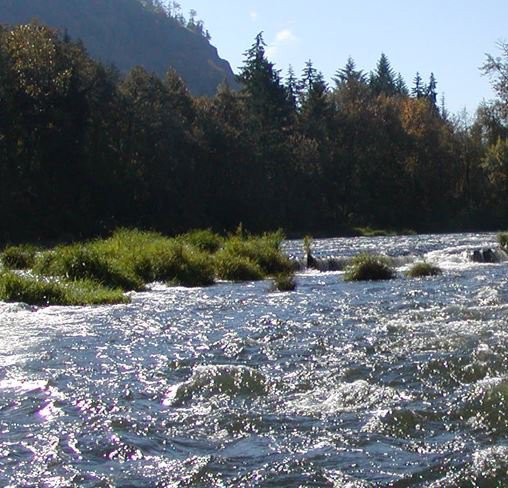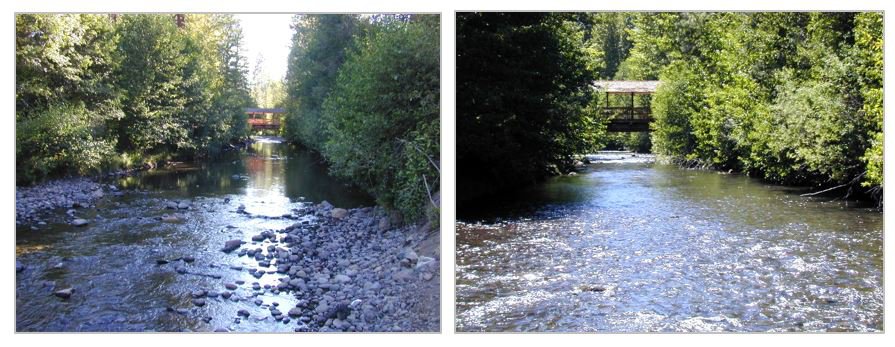Water for Fish, Farms, and People
Water transactions benefiting multiple users are increasing across the West, and multiple-party transactions in the Columbia River Basin are a model of success.
- March 14, 2017
- John Harrison

It is a tenant of water law in the western United States that water diverted from rivers and streams should be put to beneficial use, such as to irrigate crops and water livestock. Western water law did not evolve with protections for aquatic ecosystems or fish because environmental uses were not recognized as economic uses.
Over time, many rivers in the West were overappropriated – permitted water diversions exceeded available flows. The impacts to streamflow contributed to the decline of many fish populations. Today, water law hasn’t changed, but approaches to water use have. Transactions among willing buyers and sellers are delivering environmental benefits to fish while preserving economic benefits, particularly in rural communities.
The Council’s Columbia River Basin Fish and Wildlife Program recognizes the value of water transactions as a means of helping provide adequate water supplies and flows to restore and rebuild fish and wildlife populations affected by dams. A core measure of the habitat strategy in the program directs the Bonneville Power Administration, which funds measures that implement the program, to continue providing funding to acquire water rights in Columbia tributary basins where water quantity has been identified as a primary limiting factor and where flow targets for fish benefits have been identified.
These purchases are accomplished through the Columbia Basin Water Transactions Program (CBWTP) of the National Fish and Wildlife Foundation. The program was developed in 2002 to address the impacts on fish from diminished streamflows in Columbia River tributaries. The program acquires water rights from willing sellers, seeking to balance out-of-stream economic uses of water with instream environmental benefits for fish and wildlife.
The evolving market for water transactions in the West generally and the Columbia River Basin specifically was the subject of a consultant’s presentation at the March meeting of the Northwest Power and Conservation Council this week in Portland. Bruce Aylward, an economist with AMP Insights, pointed out that successful water transactions programs need to provide for more than the needs of a single use, such as flows for fish or water for municipal use.
An example of this approach is Whychus Creek, a tributary of the Deschutes River in Central Oregon. There, transactions that began in the late 1990s through the Oregon Water Trust and the Deschutes River Conservancy, resulted in more water for fish in the river, including salmon that have been reintroduced to the Deschutes Basin above Pelton and Round Butte dams. At the same time, the transactions maintained the economic benefits of crop production for the farmers and ranchers who participated in the program. The CBWTP has been instrumental in supporting these types of transactions across the basin.

Before (left) and after (right) in Wychus Creek, where water transactions improved streamflows for fish.
Like the Whychus Creek transaction program, which benefited both fish and the agricultural economy of Central Oregon, water transactions among multiple users are increasingly common as water markets expand across the West, Aylward said.
“There are a whole bunch of different actors looking to meet changing needs,” he said, adding that, increasingly, water markets and transactions provide a means of meeting such challenges. Programs like the one in the Columbia River Basin, which involve and benefit multiple water users, are setting an example for the other western states, he said.
Links:
Christian Science Monitor article explores the emerging importance of water transactions, particularly as public water suppliers begin to worry about water availability in a steadily warming climate in the future.
Oregonian article explores overappropriation of water in Oregon.



